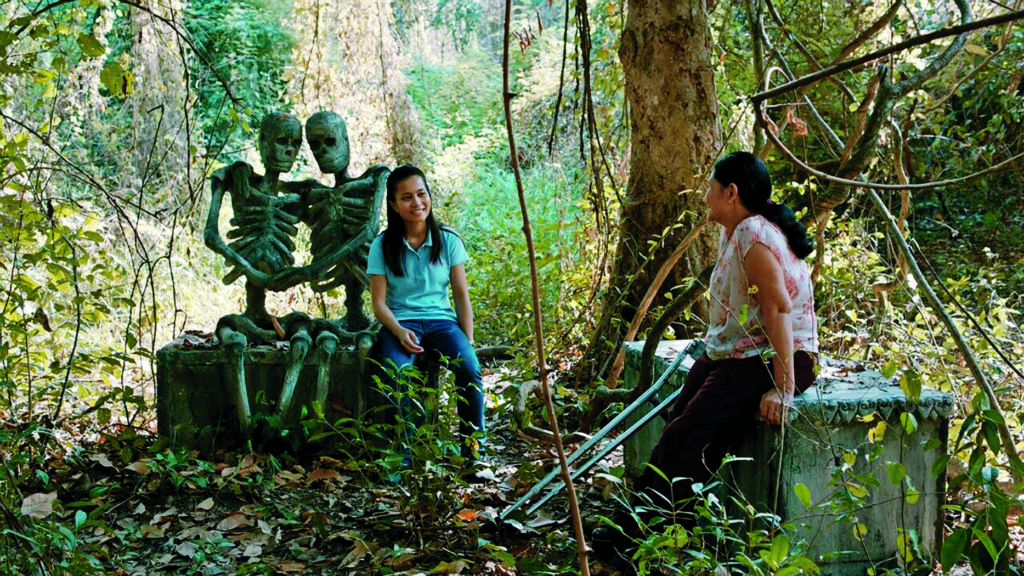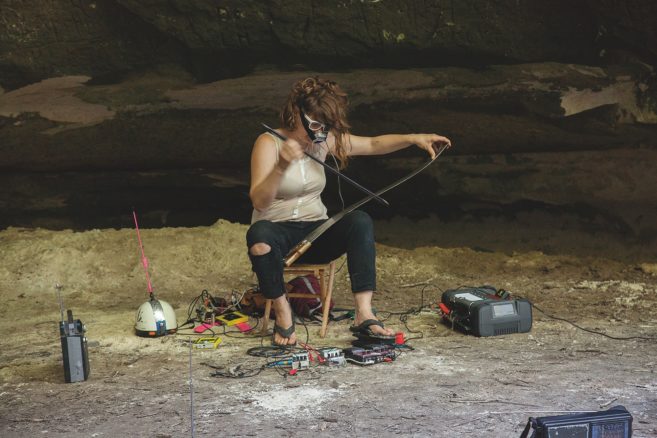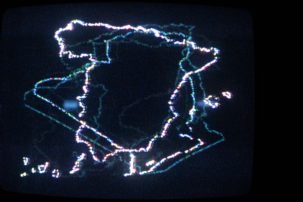I recently heard the anarchist-anthropologist David Graeber—in regard to his 2018 book Bullshit Jobs: A Theory—discuss the developmental moment when babies become aware they are discrete entities, separate from the world around them. He describes the euphoria babies experience when they, say, push a pencil with their hands and suddenly realize they can have a tangible effect on the world.
It is a good feeling a lot of us are still familiar with: the pencil pushed, the marks made, or marks mimicking what is around us or in our minds, or watching what our fingers could lead our minds to.
But what else do these marks that feel good do—other than prove that we are here making marks, which turn into scenes and maps and years-long holographic worlds, into gestures and books and jokes, into monuments in concrete? They all, even the ones glued to the ground, become part of a complicated conversation in the symbolic realm. A conversation that, no matter how rigorous or powerful, is in tough competition with the physical world. It can feel like a puff of smoke next to a kitchen cleaned, an illness cured, a just policy pushed through, a civil disobedience initiated.
Some of us who are drawn to art are eased by an innate sense of its power, or maybe an inherited one. But some us have no good feeling at all for its power. Some of us had only the feeling that if we wanted to affect the world, we had to become the president or kill the president. Some of us thought that, in choosing art, we had crossed a line, maybe holding a little bit of hope for its wider potential but mostly wondering if we had given up our right to have a say at all. Especially when the people we wanted to communicate with didn’t look to art for anything.
Some of us have to keep others’ good art close, as evidence that art can do something. I am so glad Franz Kafka wrote books, was the mantra I started with. Continued by so many other mantras. I am so grateful Rebecca Belmore chose art, I am so relieved Apichatpong Weerasethakul gave us his time. Even Marcel Duchamp’s dedicated practice of just joking and obsessing and eating plain pasta calms me down. I have held onto the art of others like a drunk, shipwrecked sailor. I have spent so long gathering so much around me that I am now, for better or worse, just a person on a rock, quietly working.
Working and, always, thinking about this work around me. Work that seems to have its own DNA. That if torn apart, it could grow again. Difficult, pleasurable work. There’s been an understandable preference for words like “difficult” over words like “pleasure” in the art realms. Especially when you are trying to make a case for art’s importance in the world. But those words should be unapologetically tied together. Pleasure helps us make difficult work and it helps us see difficult work.
Pleasure is not slight or suggestive; it is consuming and directive. It is the best, most guiding companion on a long, difficult journey no one is asking you to take. It takes us down wrong roads and unfamiliar roads and gives us patience to reimagine or rearrange or retell the world with an inner logic that occasionally rivals concrete.

 Apichatpong Weerasethakul, Cemetery of Splendour (still),
2015. Film, 122 min. Courtesy Kick the Machine Films.
Apichatpong Weerasethakul, Cemetery of Splendour (still),
2015. Film, 122 min. Courtesy Kick the Machine Films.







